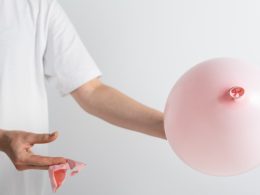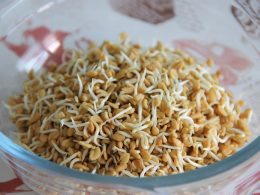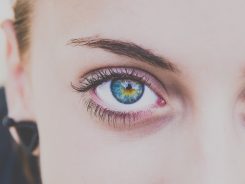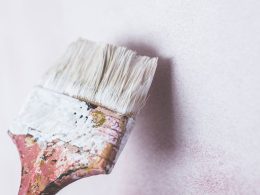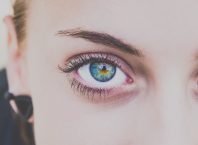Table of Contents
Like anything else, hair will have its good days and its bad days. When it looks good, your hair can lift your mood and have you walking on air and then there will be days when it just won’t listen to you and will do its own thing.
These bad hair days can be managed, and a good hat has long been the best solution in many cases. However, it is the long-term subtle changes in your hair that can be signifiers of ill health. One or two bad hair days does not a sickness make, but it is important to know and understand your hair to be able to note long term changes that may be a sign of ill health.
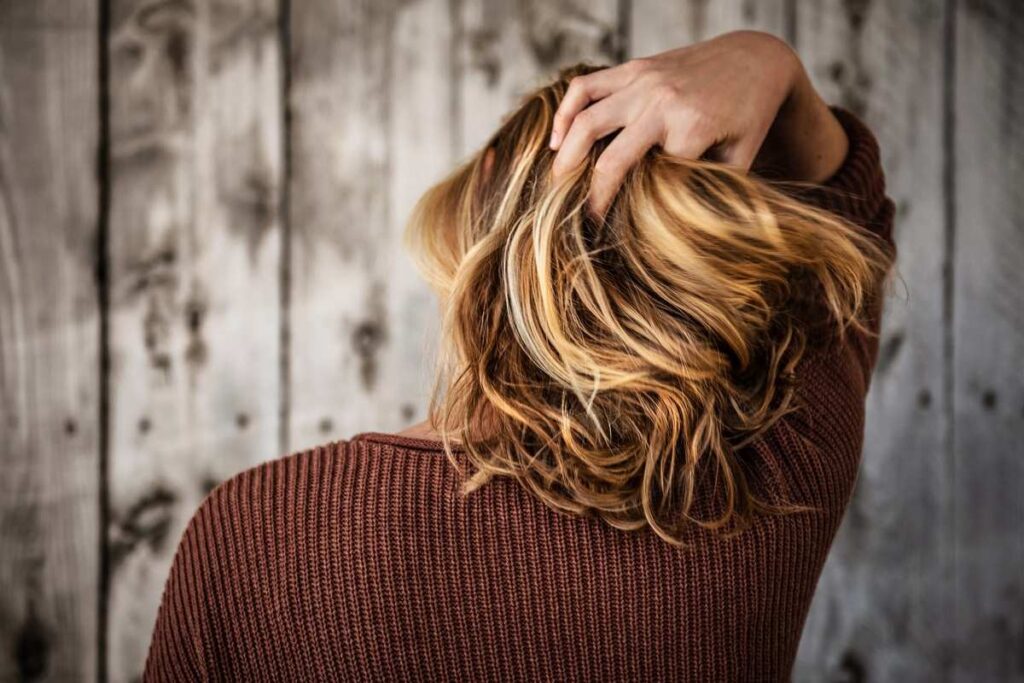
The hair is a great signifier of good health
A healthy head of hair shows good health and similarly poor hair is not only a sign of something wrong, but it can also result in poor mental health and additional stress. If this is not dealt with it can end in a vicious cycle of hair loss causing stress and the stress causing ongoing hair loss. Your hair is one of the first things that you notice about yourself and losing your hair can thus have disastrous mental side effects.
Increased shedding or hair loss on a regular basis should be an immediate call for you to have further checks and tests done as it could be a marker for anemia, a thyroid issue or vitamin deficiency. Brittle hair is another sign of poor health.
While all hair needs moisture from time to time, a brittle texture might be a sign of deficiency in iron or zinc. Both of these are important for keratin production and not having enough will change how your hair feels and looks.
The dos for healthier hair
Having healthy hair may require additional work, such as eating right and drinking the right amount of fluid. If you want to re-start with a fuller head of hair, then non surgical hair restoration in Newport beach would be a great option. This is also a good starting point for those who have lost hair due to chronic illnesses such as cancer and the treatment thereof. It is heartbreaking to lose your hair or to watch it thin and fade away.
If its non-surgical and non-invasive then it is the best place to start. Once the hair has been restored or regenerated then it will be important to care for it in the best ways possible.
Remember that almost 25% of hair is made up of water and like a plant, if you feed and water it, it will grow, gain strength and look healthy.
Sometimes, like plants, our hair needs a helping hand to promote thickness, growth and luster, so there is no harm in finding additional help with professionals. A healthy head of hair is a sign of more than just hair health but can also be an early warning of other underlying health issues and should not be ignored.




